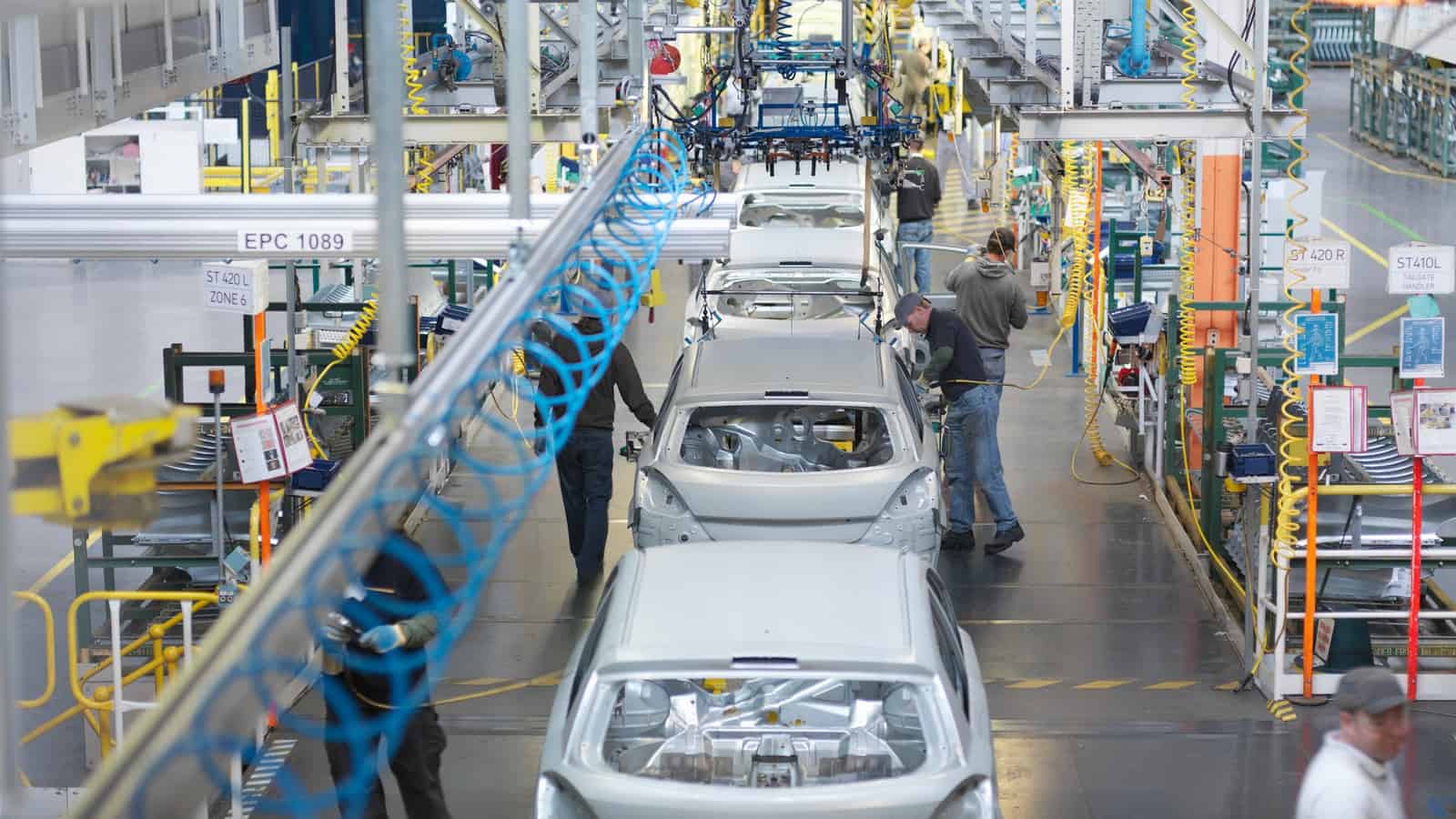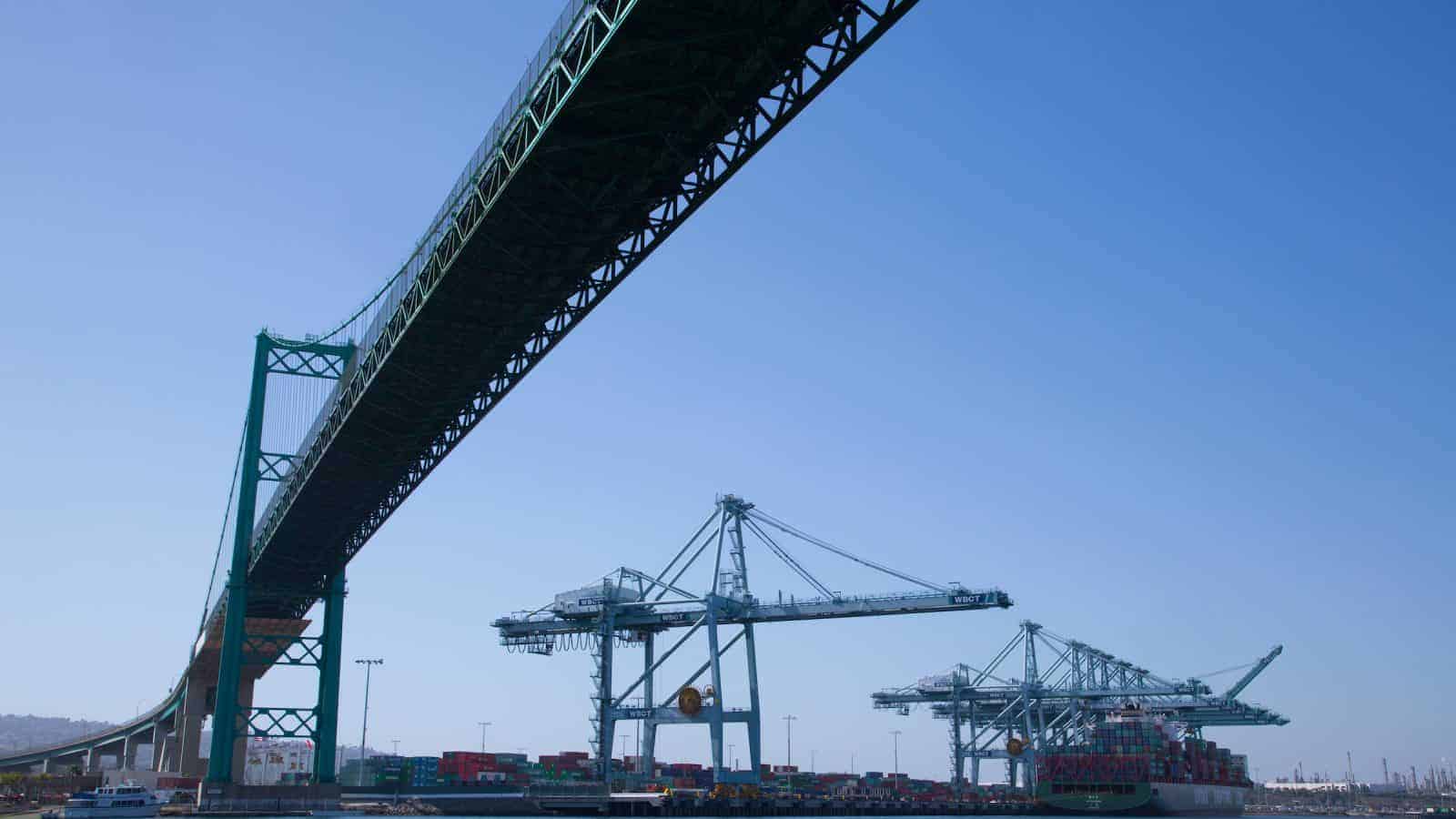NAM Fights Auto Regulation Mess

Manufacturers spend years developing and delivering top-of-the-line vehicles for consumers. But as policymakers set new fuel standards and regulations for light vehicles, automakers are finding themselves caught in a tangled mess of policy-making that threatens manufacturers and consumers alike.
Too many regulators: A number of agencies and government bodies, along with the state of California, are each imposing their own fuel-efficiency standards and environmental regulations, forcing automakers to cope with the conflicts and contradictions.
- “Right now, we’re looking at multiple sets of standards,” said NAM Vice President of Domestic Policy Brandon Farris. “That includes the Department of Energy, the Environmental Protection Agency and the National Highway Traffic Safety Administration, as well as separate standards from California. Each has standards for vehicle emissions, and they’re not well-aligned.”
Brief timelines: In addition, all of these regulations come with their own timelines for compliance, which often don’t give manufacturers enough time to innovate, test and produce new vehicles.
- “The timelines are short,” said Farris. “One of the things we’re asking agencies to recognize is the manufacturing lead time that’s needed.”
Product mandates: In some cases, agencies are imposing mandates that will narrow the range of vehicles that automakers can produce. The EPA, for example, is calling for 67% of all new vehicles to be battery electric in 10 years, a requirement that would squeeze out other fuel-efficient models.
- “What that’s going to do is cut down on consumer choice,” said Farris. “There are conventional hybrids, plug-in hybrids, hydrogen fuel cell vehicles, battery electric vehicles and others that could all reduce emissions, but the EPA has cut out all of those and selected one kind of technology.”
NAM in action: The NAM is deeply involved in conversations with policymakers in the administration and Congress, working to give manufacturers the support they need.
- “We’re working with the agencies, we’re submitting regulatory comments, we’re raising this with the White House and Congress, and we’re working on potential legislation that may address this as well,” said Farris.
Our ask: According to Farris, the NAM is calling on policymakers to take four steps.
- Harmonize standards: With so many overlapping standards, manufacturers are left without clear guidance. Giving manufacturers a single standard would make it easier for automakers and consumers alike.
- Set realistic targets: Standards must be achievable to have a real and positive impact.
- Provide reasonable timeframes: From sourcing critical minerals to manufacturing new engines, automakers need the appropriate time to succeed.
- Protect consumer choice: Consumers should be able to choose between different kinds of vehicles to reduce emissions overall.
The bottom line: “We have shifting standards, standards that aren’t aligned and overlapping timelines,” said Farris. “If you’re a manufacturer trying to make a single automotive that consumers want right now, you’re shooting at a moving target.”
